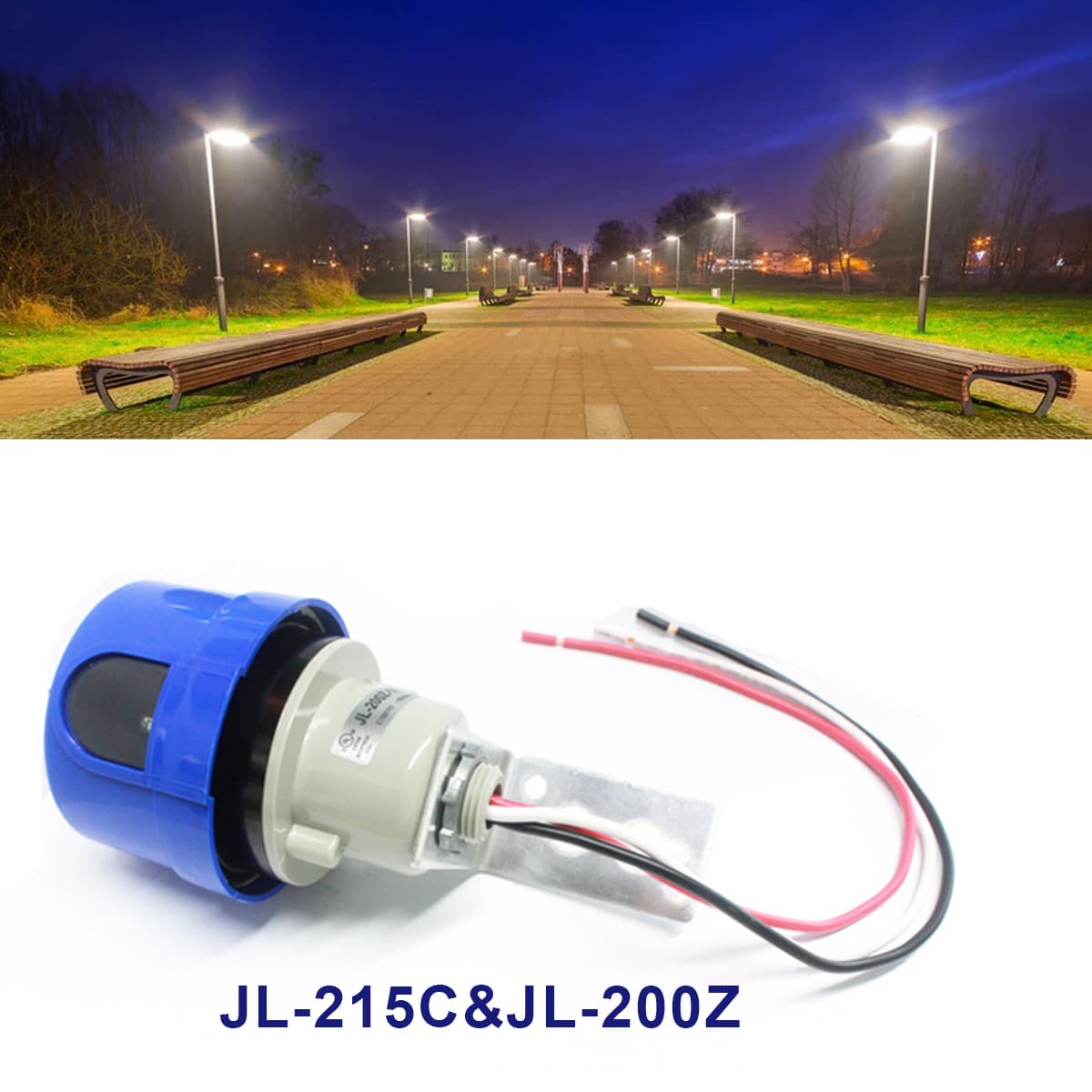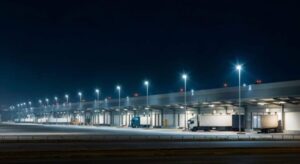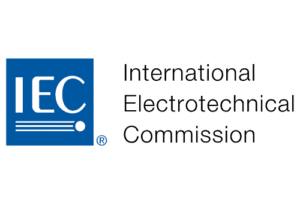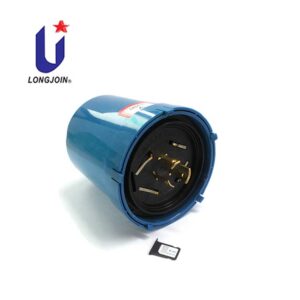Is Your Photocell Ready for 90–305VAC? Understanding Wide-Voltage Operation with JL-215C
Introduce
Global street-lighting doesn’t run on one voltage. Japan sits near 100 V, North America leans on 120/277 V, and industrial zones can push higher. If your photocell can’t ride these differences, you risk flicker, nuisance trips, or early failures. This guide clarifies what “90–305 VAC” really means in practice for Long-Join’s JL-215C—a wire-in photocell sensor used in roadway, campus, and facility projects.
We’ll answer the questions engineers actually ask: where the safe zone ends, what happens at the edges (90–105 V and 277–305 V), how MOV and heat behave, and which simple bench tests prove stability before rollout. You’ll also see when to step up to the JL-215C15 or neighboring models in the Long-Join family for tougher environments.
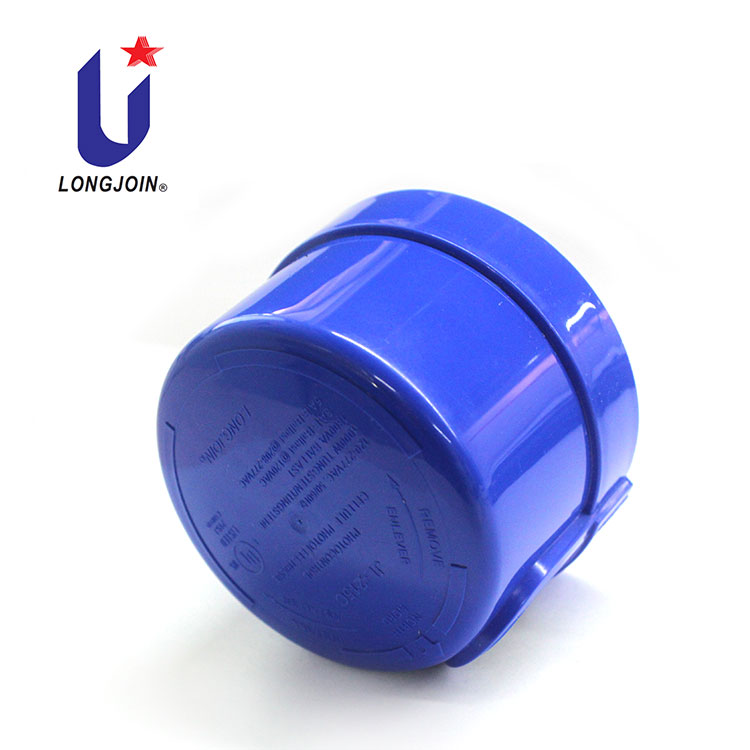
Why Do Wide-Voltage Photocells Matter in Outdoor Lighting?
Have you ever wondered why a photocell sensor needs to work across such a broad range of input voltages? Outdoor projects are rarely built in one country alone. Japan relies on 100V systems, North America uses 120V and 277V, while some industrial zones operate even higher. If a photocell is limited to one region’s grid, it restricts global deployment.
That’s where wide-voltage photocontrol products come in. A model like Long-Join’s JL-215C, capable of operating within 90–305VAC, gives lighting control engineers peace of mind.
Whether for street lighting outdoor, industrial parks, or city smart grids, one product can support multiple markets with consistent performance.
Region | Common Grid Voltage | Typical Lighting Application |
Japan | 100V–110V | Residential lighting, smaller roads |
North America | 120V / 277V | Commercial streets, industrial parks |
Europe | 220V–240V | Urban and highway lighting |
Industrial Zones | 305V+ | Factories, ports, and heavy-duty use |
What Is the Official Voltage Range of JL-215C?
Are all photocell street light devices automatically designed for wide-voltage? Not quite. According to Long-Join’s UL773-certified datasheets:
- Rated Voltage: 120–277VAC
- Applicable Working Range: 105–305VAC
This means the JL-215C can physically tolerate 90–305VAC, but its photoelectric sensor components are only guaranteed within 105–277VAC. Outside this, engineers must consider risks like heat, switching errors, or reduced component lifespan.
Spec Parameter | Standard JL-215C | Edge Range Notes |
Rated Operating Voltage | 120–277VAC | Safe zone for most projects |
Tolerated Range | 105–305VAC | Usable but with caveats |
Recommended for 305VAC Use | JL-215C15 version | Includes stronger MOV design |
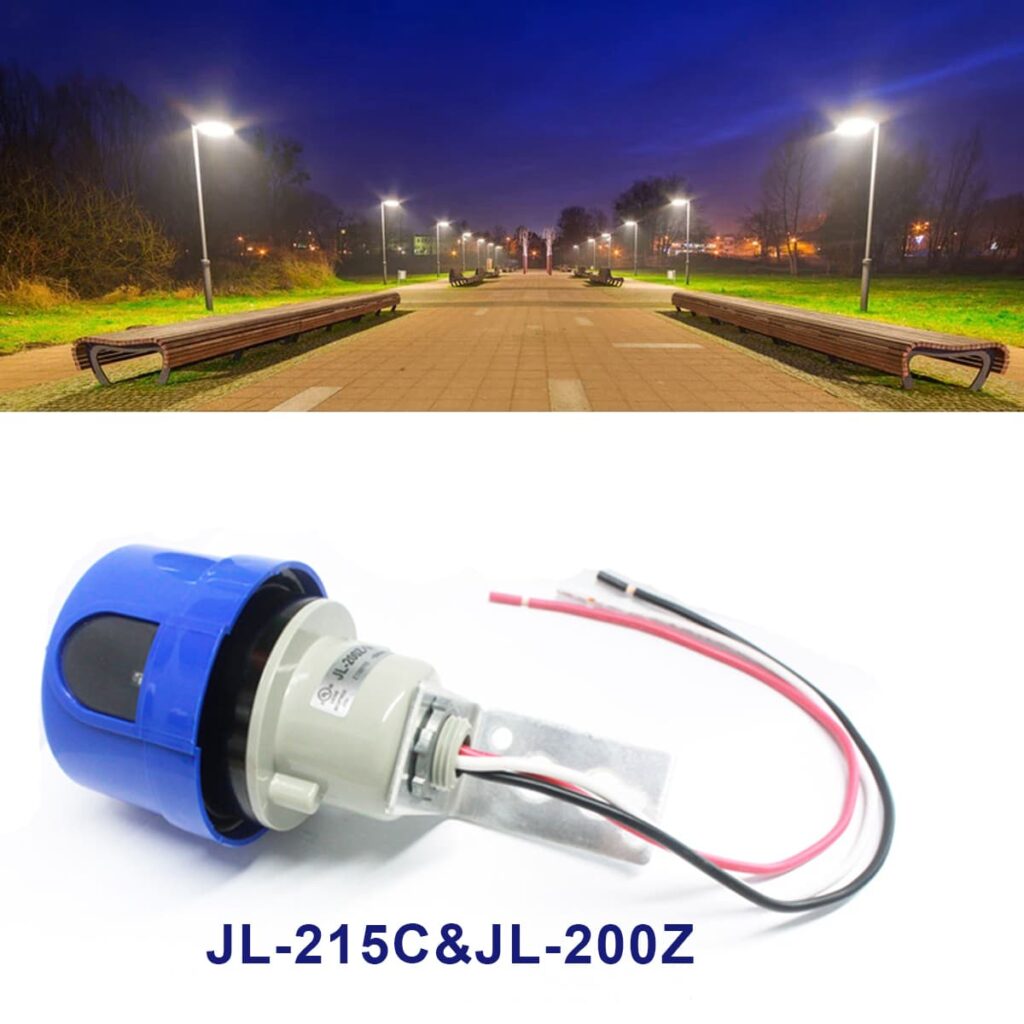
What Risks Occur Below 105VAC?
Could a light photocell sensor still operate at 90V? Yes, but it may not perform consistently. Here’s why:
1. Relay May Not Close Properly
At lower coil voltages, relays may chatter or fail to activate. This results in unstable photo switch sensor control and poor reliability.
2. False Switching Risk
The optical circuits may misread ambient light, turning lamps on/off at the wrong times. Imagine a dusk-to-dawn photocell that suddenly flickers at night because of unstable input.
3. Lower Efficiency
Internal circuits like Power Factor Correction (PFC) may underperform, drawing more reactive current from the grid.
Risk Factor | Result at 90–105VAC | Impact on Lighting |
Relay activation | Chattering, bouncing | Lamp flicker or no response |
Optical stability | False triggers | Unwanted switching |
Power factor | Drops efficiency | Higher utility costs |
What Happens at the High-Voltage End (277–305VAC)?
Does running closer to 305V damage the photocell control? It doesn’t fail instantly, but stress increases.
* MOV Degradation
* Thermal Stress
Higher voltages increase internal heating. If ambient temperature rises beyond 70°C, component reliability suffers.
Stress Factor | Base JL-215C | JL-215C15 Enhanced Version |
MOV Surge Rating | 110J / 3500A | 235J / 5000A |
Heat Management | Standard | Better for long thermal cycles |
Voltage Safety | 105–277VAC recommended | Safer for up to 305VAC |
How Can Engineers Validate Wide-Voltage Safety?
Should you take datasheets at face value? Not if you’re deploying hundreds of photocell for street light projects. Engineers should always validate edge-case operation:
* Low Voltage Test
Confirm the relay pulls in within <20ms at 90VAC and does not chatter.
* High Voltage Thermal Aging
Run lamps at 305VAC for 48 hours with an 8A ballast load. The MOV case temperature should rise less than 50°C (per UL773 standards).
Validation Test | Condition | Pass Criteria |
Relay Pull-In Test | 90VAC input | <20ms response, no chatter |
Thermal Aging Test | 305VAC full load, 48h | MOV case <50°C rise |
Read about Long-Join’s UL testing approach.
Why Do Long-Join Photocells Perform Better?
What makes one manufacturers photocell more reliable than another? Experience, testing, and customization. With over 20 years in the field, Long-Join builds photocell lighting sensor solutions designed for global challenges.
- Custom Voltage Options– 90–347VAC, 12–48VDC, and more.
- Batch Testing– Each lot validated at high and low voltage extremes.
- Certification Ready– UL773 compliance for surge, thermal, and lifecycle tests.
- Ready-to-Ship Models – Including JL-215C15 with upgraded surge suppression.
For even tougher needs, Long-Join also offers photocell led street light controllers like the JL-235C or advanced smart photocontrols with zero-cross relays, IP67 housing, and remote control integration.
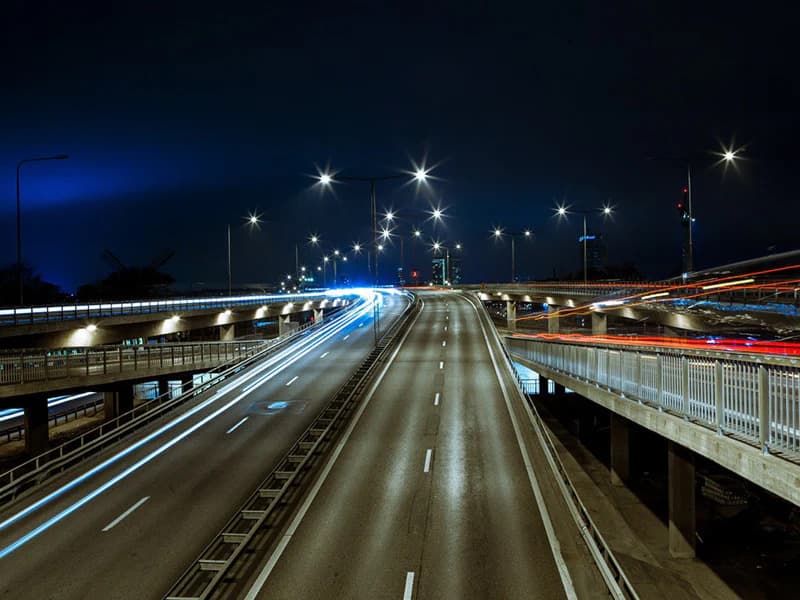
How Can You Choose the Right Photocell for Your Project?
Are you planning lighting for a factory yard, a solar-powered island, or an urban street light controller? Voltage range can make or break your deployment.
The JL-215C is strong in its standard range, but projects needing consistent safety up to 305V should consider the JL-215C15. Engineers must weigh performance, certification, and thermal limits before finalizing.
Choosing the right photo sensor is not only about today’s installation—it’s about long-term reliability under real-world stress.
Talk to Long-Join about engineering your next photocell solution.
Conclusion
The answer is: yes, but with conditions. The JL-215C can tolerate down to 90V and up to 305V, but performance is only guaranteed within 105–277V. For engineers looking at global or industrial applications, the JL-215C15 is a safer bet.
Reliable photocell switch products are not just about turning lights on and off—they protect infrastructure, reduce maintenance costs, and ensure safe illumination in every region. By understanding real limits and validating edge cases, you can choose a photocell street light solution that lasts.
External Links:
●https://www.techtarget.com/whatis/definition/PFC-power-factor-correction-or-power-factor-controller
●https://electronics.stackexchange.com/questions/640162/how-do-movs-work-for-surge-protection
●https://www.celduc-relais.com/en/zero-cross-or-random-relay-what-are-the-differences/

